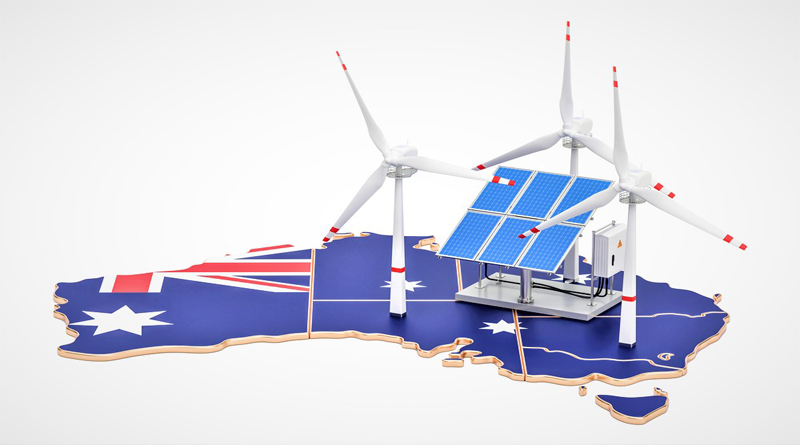

As the Australian Government seeks to develop a new energy policy to compensate for the failure of the National Energy Guarantee earlier this year, a study conducted by the Victoria Energy Policy Centre found that the rise of renewables has in fact lowered the electricity prices in Australia, even more than the subsidies paid for it.


[related_post]
It was revealed that gas-fired power was pushing the rates higher, but the study’s lead author Bruce Mountain said the research provided verifiable evidence that renewables drive down prices. “What our study finds unequivocally is the route to lower prices lies with cleaner sources.”
The study used computer modeling to crunch wholesale electricity price data for every 30 minutes from 2013-2018, after sampling the data they found the factors that led to those prices. And it found that wind and solar generation in South Australia actually brought wholesale prices down, more so than the subsidies paid for them, even as the households in the state were paying the highest average electricity bills in the world.
But the study found a reduction in wholesale prices thanks to renewables wasn’t enough to offset the high price of gas. As expensive generation from gas-fired power stations was still needed especially with wind and solar not producing energy around the clock. The study found electricity sourced from gas pushed prices higher by about 40 percent on average in FY2017–18, around $56 per MWh.
“As long as you have so much gas generation with such inefficient and old gas plants … your prices will be high.” Bruce said. “What tends to happen is that gas is setting the price so high, so often, that it overwhelms everything else,” he added.
Read More: Why these stories from France, Australia, Germany, California and the UN matter.
1. The mandate for blending Compressed Biogas (CBG) with natural gas has come into effect…
Andhra Pradesh is striving towards greening its energy sector with quite some speed. In a…
With an objective to bolster India’s green energy goals, a Tripartite Agreement has been signed…
The Union MNRE Minister Pralhad Joshi launched the Green Hydrogen Certification Scheme of India (GHCI)…
India’s energy conglomerate Bharat Petroleum Corporation Limited (BPCL) has commissioned a 5MW green hydrogen plant…
In a historical development, the European Space Agency (ESA) has successfully launched its pioneering ‘Biomass’…